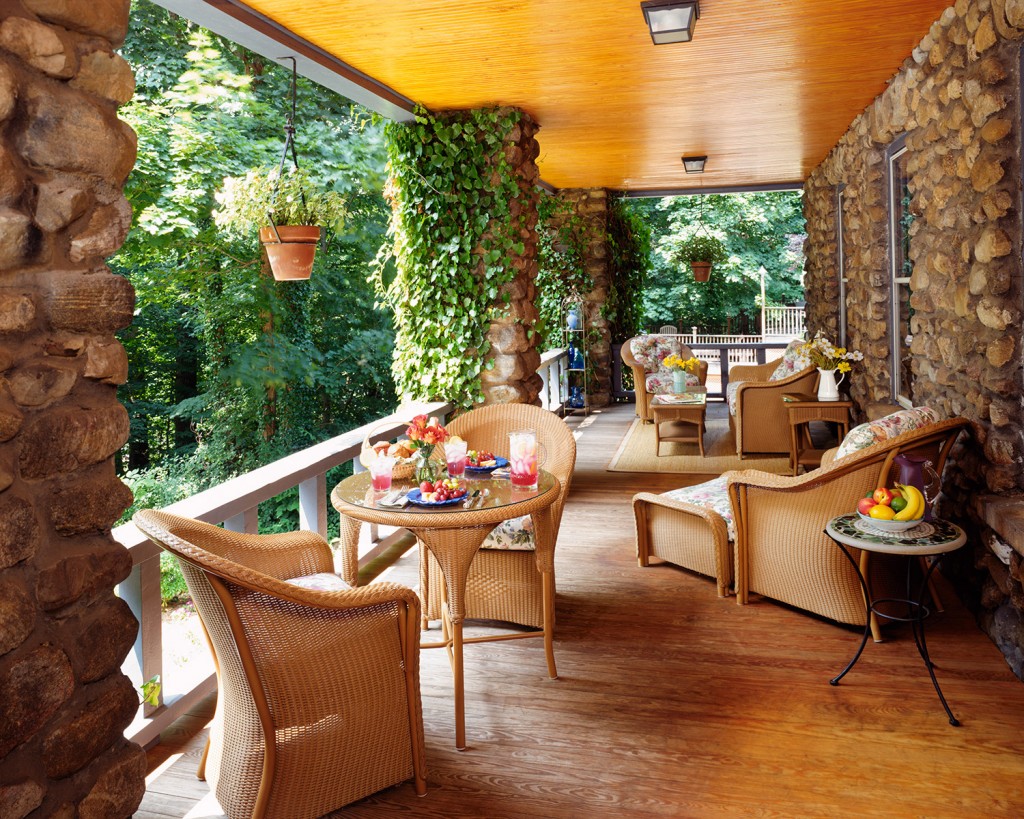When we typically talk about interior design, we discuss the aesthetic aspects – which decorating style you should emulate, how to achieve a specific look and new design trends to think about.
However, we don’t often consider the physical and emotional effects of interior design on the subconscious. Do you notice how a powerful color can alter your mood? The interior design choices you make do, in fact, have a documented effect on your perceptions and emotions. To make the most of your interior design project, check out the following tips:
1. Choose colors wisely
 If there’s one aspect of interior design that has the most effect on your emotions, it’s color theory. Although the difference between two shades might seem subtle, the psychological effect is significant. According to Ion Nicolae of DesignLike.com, “Colors give us a certain state of mind, can energize us, can cheer us, can make us feel safe, calm, relaxed, and can increase the ability to concentrate or remember us pleasant things.” There are also colors that make us feel tired and depress us, so try to identify which colors negatively and positively affect you and your family.
If there’s one aspect of interior design that has the most effect on your emotions, it’s color theory. Although the difference between two shades might seem subtle, the psychological effect is significant. According to Ion Nicolae of DesignLike.com, “Colors give us a certain state of mind, can energize us, can cheer us, can make us feel safe, calm, relaxed, and can increase the ability to concentrate or remember us pleasant things.” There are also colors that make us feel tired and depress us, so try to identify which colors negatively and positively affect you and your family.
2. Simulate natural environments
 According to research, sterile environments can bring about feelings of stress, anxiety, and fear; whereas natural environments are more likely to put people at ease. Similarly, incorporating elements of nature indoors can have the same effect – such as creating an optimal atmosphere for recovery and healing and improving working environments. In one study, researchers found that working near plants improves memory retention and concentration. In another, employees in natural environments were 8% more productive and reported 13% higher well-being. Even in high-stress areas like jail intake rooms, research from the National Institute of Corrections, the American Association for Justice and the AIA suggests that depictions of views or nature can lower heart rates and reduce stress.
According to research, sterile environments can bring about feelings of stress, anxiety, and fear; whereas natural environments are more likely to put people at ease. Similarly, incorporating elements of nature indoors can have the same effect – such as creating an optimal atmosphere for recovery and healing and improving working environments. In one study, researchers found that working near plants improves memory retention and concentration. In another, employees in natural environments were 8% more productive and reported 13% higher well-being. Even in high-stress areas like jail intake rooms, research from the National Institute of Corrections, the American Association for Justice and the AIA suggests that depictions of views or nature can lower heart rates and reduce stress.
3. Consider spatial perception
The spatial conditions of your rooms can have a significant impact on your behavior and emotions. For instance, some people suffer from claustrophobia or have very strong emotional reactions to being closed in. Keep in mind that the way we perceive space isn’t solely due to the physical dimensions of a room – materiality, furnishings, color, geometry and lighting are just a few factors that contribute to spatial perception. Changing the boundaries of the space by cutting designs into partition walls to make them porous, for example, can be enough to transform a claustrophobic environment into a more comfortable one.
Ready to get started with your own project? Get in touch with the interior design team at Ron Nathan Interiors today, and we’ll be more than happy to walk you through our process.
Share This Post
